Seniors look forward to retirement because it is when they finally have the time to take a long awaiting vacation. One of the best ways to do so is by RV camping. Adventuring into the outdoors is very popular with seniors, especially when it comes to RV camping. However, not all national parks or campsites are senior-friendly. At times the area is extremely rugged, underdeveloped, or even restricted to recreational vehicles themselves. Below is a list of the most accessible national parks that provide beautiful scenic views, top local attractions, ADA compliant, and RV friendly that seniors look for. Some also provide special senior passes into the national parks. The main purpose in RV camping is to enjoy the views while having fun with family and friends. This top ten list will provide the best national parks for RV camping for Seniors.
Grand Canyon National Park
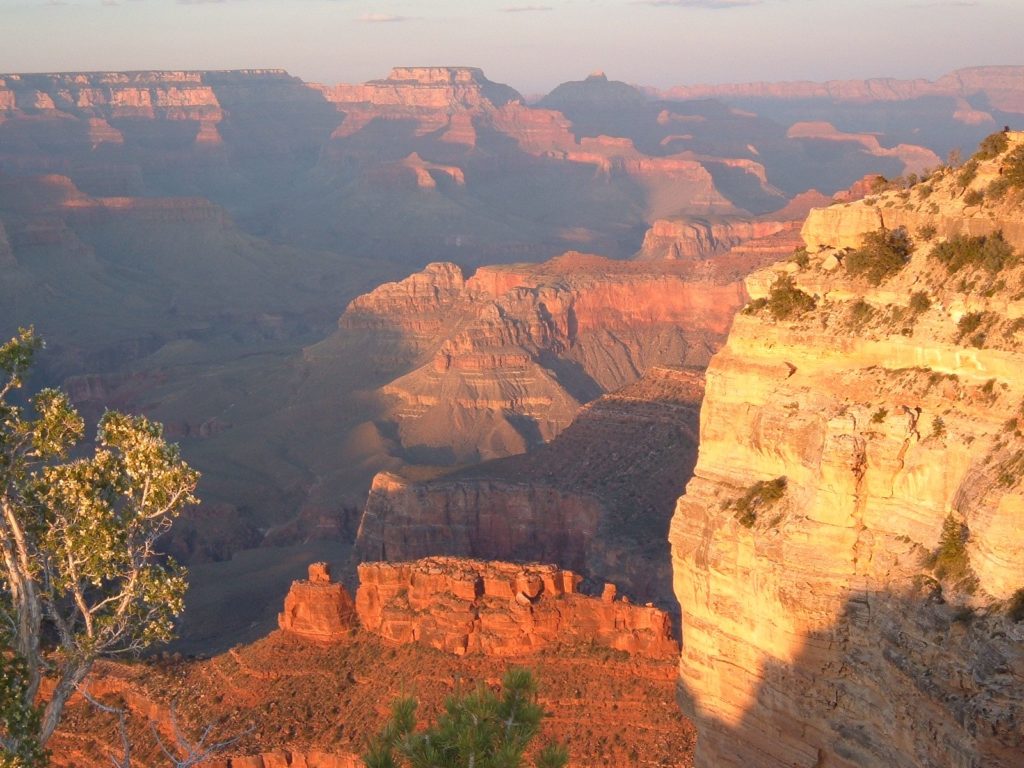
Grand Canyon National Park is known for windshield window views, scenic drives, and gift shops situated all around the park. Yet sometimes seniors need a little more assistance when it comes to accessibility. This is why the Grand Canyon National Park works hard to provide equal participation for all its visitors, including senior citizens and those with mobility issues. The park continues to upgrade camping sites, roadways, and service facilities to become more accessible in and around the park for senior visitors with RV campers or carrying RV haulers. The Grand Canyon National Park also offers ASL interpreters, handicap-accessible restrooms, shuttle busses with wheelchair ramps, service dogs, and handicap parking spaces. The park provides access passes to seniors that are free, non transferable, and available for discounts in areas such as camping, swimming, boat launching, and guided tours. Grand Canyon national Park is one of the best national parks for RV camping.
Yellowstone National Park
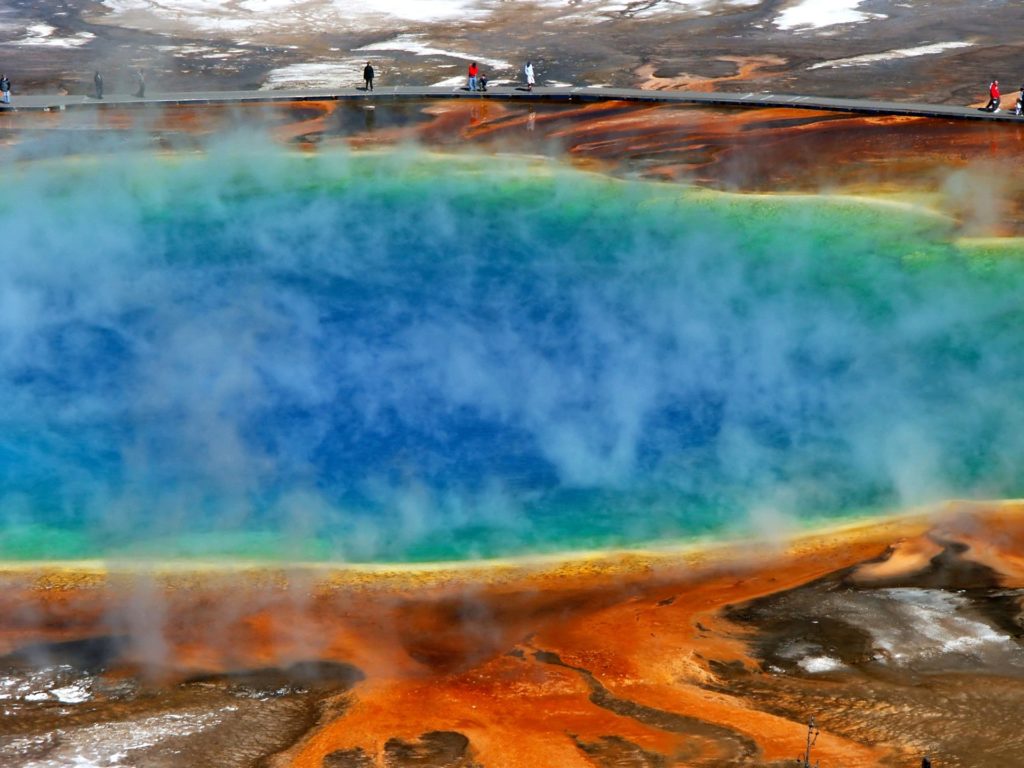
The Yellowstone National Park provides many scenic views of Mount Washburn, Elephant Back mountain, and the Red mountains. For seniors, it is important to have access to see these majestic views. There are several areas accessible by wheelchair to assist seniors while traveling and RV camping. The Lone Star Geyser Trail near the famous “Old Faithful” and the Natural Bridge Trail that is close to Bridge Bay are just a couple of pathways which are accessible by wheelchair. There are also many campsites throughout the park where people with disabilities can have access to, including those on bikes. Seniors traveling in RV campers with wheelchairs may require some assistance on the paths. Service dogs are allowed to accompany seniors and disabled individuals; however, the dogs must be leashed. The Yellowstone National Park is one of the largest national parks in the Nation. The park covers a total of three states: Wyoming, Idaho, and Montana. Yellowstone National Park is one of the most accessible national parks nationwide.
Great Sand Dunes National Park

Great Sand Dunes National Park and Preserve is spread over thirty miles and contains more than five billion cubic meters of sand. It is considered the largest sandbox in North America. Seniors that enjoy the life of RV camping can find many campsites that provide the assistance needed to create the best experience at the Great Sand Dunes National Park. There are eight camping grounds within thirty miles of the park. The park offers several accessibility roads for RV campers and trailers along the roadways going into the national park and reserve. To access the sand dunes, there is parking available one mile north of the national park’s visitor center. Sand wheelchairs are available and necessary in the sand dunes. The large inflatable tires make it possible to cross the sand. There are also passes available to seniors. For instance, seniors can buy a Lifetime Pass for easy access into the park. It is best to reserve the sand wheelchairs in advance since they have limited numbers of chairs. There are discounts for military veterans and active duty personnel.
Acadia National Park
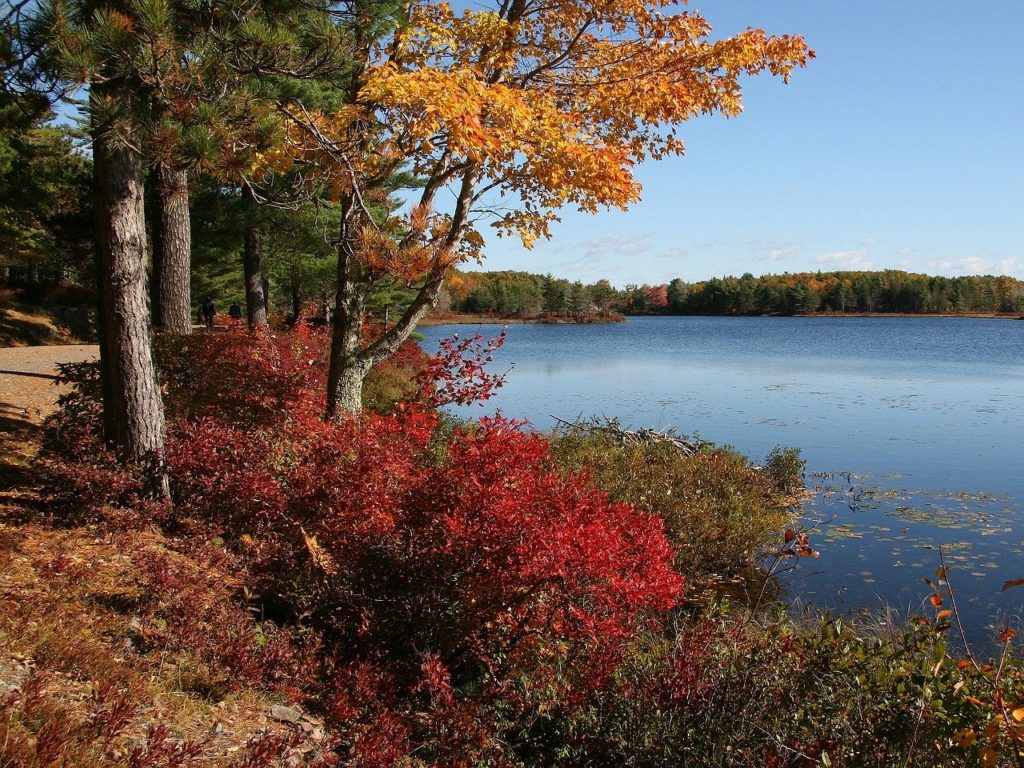
RV camping at Acadia National Park is a great way to experience the beauty of the Acadia mountains. The park provides RV hookups and plenty of attractions and entertainment. The Acadia National Park is situated along the rocky headlands of the Atlantic coastline. The National park has over 3.5 million visitors each year. The Acadia National park provides twenty-seven miles of historic roadways, forty-five miles of carriage roads, and over 150 miles of hiking trails. Seniors can enjoy many benefits of what the park can offer. These include Annual and lifetime passes are available for all seniors. Special Use Permits (SUP) for individuals, groups, or organizations are also available for certain occasions. There are some Fee Free days throughout the year on certain holidays or special park days. Acadia National Park is also one of the most accessible national parks nationwide.
Sequoia National Park
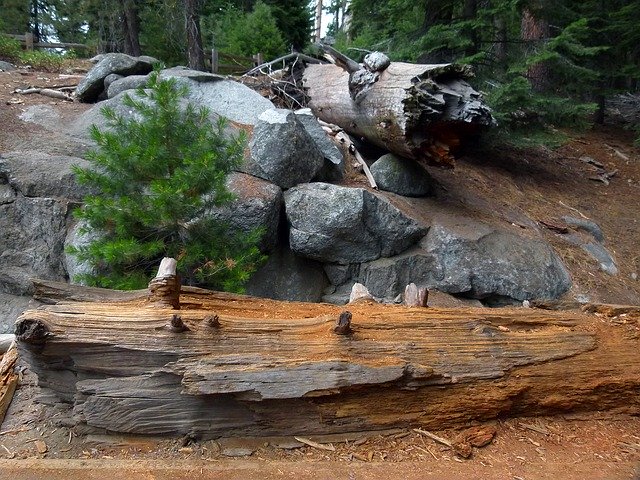
Sequoia National Park is well known as the land of the Giants. These huge sequoia trees are believed to be over 3,200 years old, based on the ring count. The park is surrounded by rugged foothills, deep canyons, and underground caverns. The park is located in the southern Sierra Nevada and San Joaquin Valley. The park is accessible to most visitors; however, certain trails may be difficult for wheelchair-bound individuals. The most famous attraction, the General Sherman tree is the largest tree in the Sequoia National Park and the trail around it is wheelchair accessible. Visitor centers at the park are also wheelchair accessible and provide handicap parking spaces for the convenience of seniors and other disabled individuals. The campgrounds surrounding the park offer several types of accommodations such as raised grills, wheelchairs, and level tent pads. The shuttle busses that are used to travel around the trails provide wheelchair ramps as well.
Zion National Park
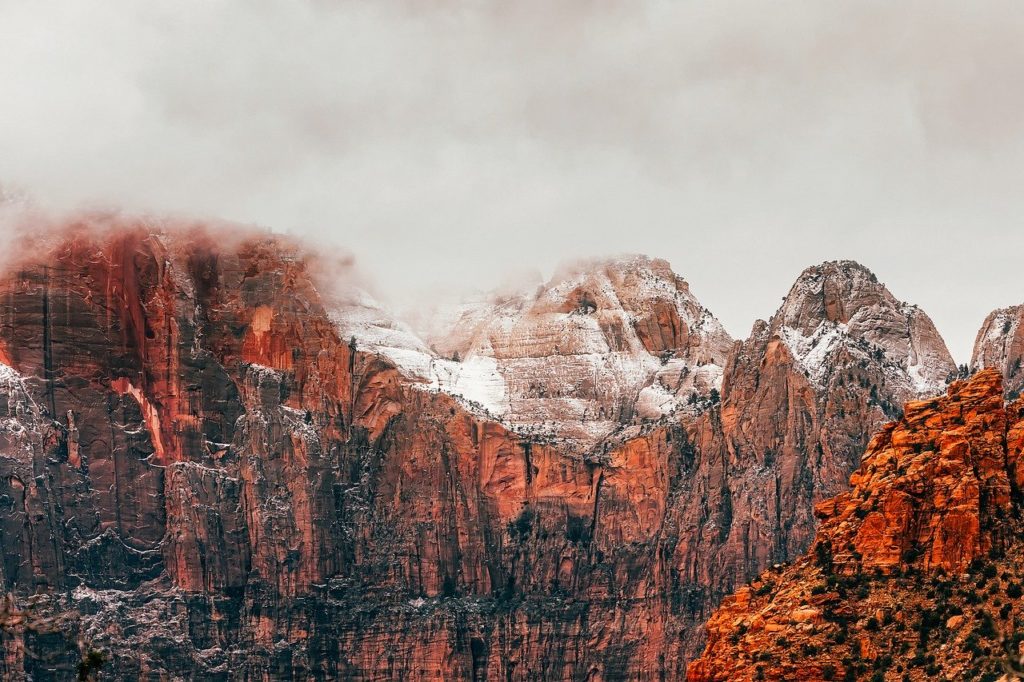
Zion National Park is known for their beautiful sandstone cliffs, wilderness adventures, and a variety of plant life and wildlife. The park is also full of rich culture and walking trails to remind us of pioneer living and Native history. Seniors can have access to restrooms, shuttle busses, picnic areas, and visitor centers with the use of wheelchairs and walkers. The campsites are accessible by car yet limited to one RV camper at a time. However, there is extra parking space in the overflow area. Pets are allowed if on a leash. Certain wilderness trails do not accompany people in wheelchairs, due to stream crossings and stairs in the pathways, so some assistance may be needed or required. Zion National park offers both annual and lifetime senior passes to accommodate the older population. The park provides several ranger-led activities for seniors to participate in. Check visitor centers and bulletin boards for updated information on activities. The park also provides the human history museum, accessible by wheelchairs, walkers, and scooters. Zion National park is one of the most accessible national parks in the Nation.
Everglades National Park
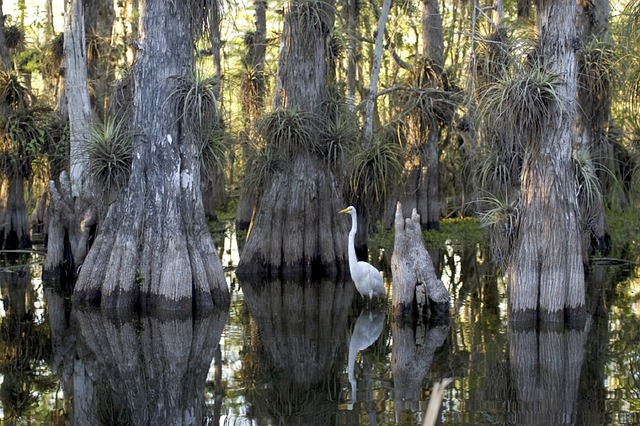
The Everglades National Park provides many opportunities for seniors to explore nature in its own environment. The park is considered the largest subtropical wilderness in the nation. There are RV camping areas, boat tours, and a number of assistive learning devices (ALD) for easy access. A pass is required for RV camping in the Everglades. The park offers accessible facilities, services, and programs to individuals that need a little assistance. The visitor centers provide handicap ramps and hearing enhancement devices for all in need. Braille and audio recordings are available to seniors and hearing impaired individuals. Long distance viewers and scopes are also available. Most trails in the everglades are accessible by use of a wheelchair, however, some assistance may be needed. Ranger-led programs with information in large print and clear signs make it easy to accommodate. Pets are allowed in the Everglades National Park but must be leashed at all times and only in certain areas.
Rocky Mountain National Park
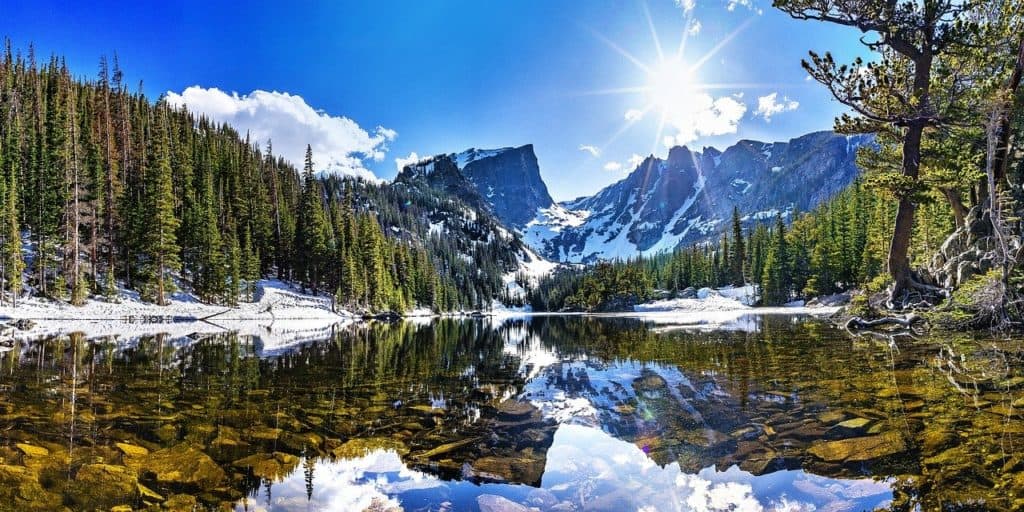
Rocky Mountain National Park covers over 400 square miles and over 12,000 feet of hiking trails, wildlife, plant nature, clear starry nights, and rocky mountaintops. The park offers a wide range of accessibility areas such as visitor centers, self-guided tours, picnic tables, and campgrounds. RV camping is available in certain parts of the parks. ISA-designated parking is also available. There are some high elevation peaks which may cause issues for seniors with pre existing medical conditions. Seniors and individuals with health problems should stay hydrated, practice light eating, and receive plenty of rest during the time out on the trails. Avoiding smoking in high elevation areas is also recommended. RV Camping dates change depending on the season. Check the Kawuneeche and Beaver Meadows visitor centers for updated information. Seniors must reserve a spot for their RV camper at least three days ahead of arrival. RV camping in groups of seven people or more must not be near neighboring campsites of others; it is wise to be at least one mile apart from the other group or individuals not with you.
Grand Teton National Park
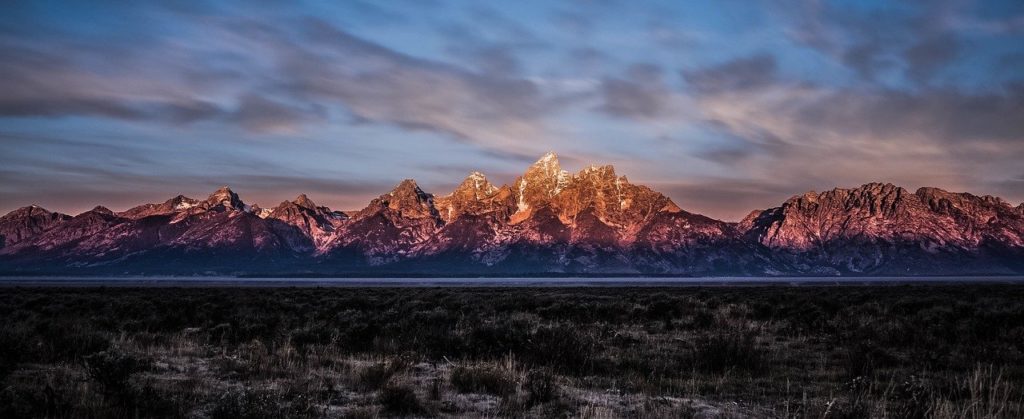
The Grand Teton National Park provides rich scenic views, crystal lakes, astonishing mountaintops and stunning wildlife surrounding the Teton Range. The park offers over two hundred miles of trails with the snake river flowing through it. The park is great for fishing, hiking, or just to get away for a weekend. The park is perfect for both tent camping and RV camping. Get comfortable by plugging in your RV at over 1,000 campsites throughout seven park camping grounds. Some of the campgrounds provide restrooms designed for accessibility to both seniors and disabled individuals. Many individuals who are wheelchair bound still has some access on trails and sideways. Permits are available online and in visitor centers; they are required for tent camping and RV trailers. Reservations are accepted by not required. Certain RV camping grounds are considered first come, first serve basis. Some campsites where RV parks are located may require a permit. Check for availability before traveling up to the park. The RV parks provide other accommodations, such as restaurants, cabins, laundry facilities, showers, and gift stores. The maximum length of stay is between 7 to 14 days, depending on the campground chosen.
Crater Lake National Park
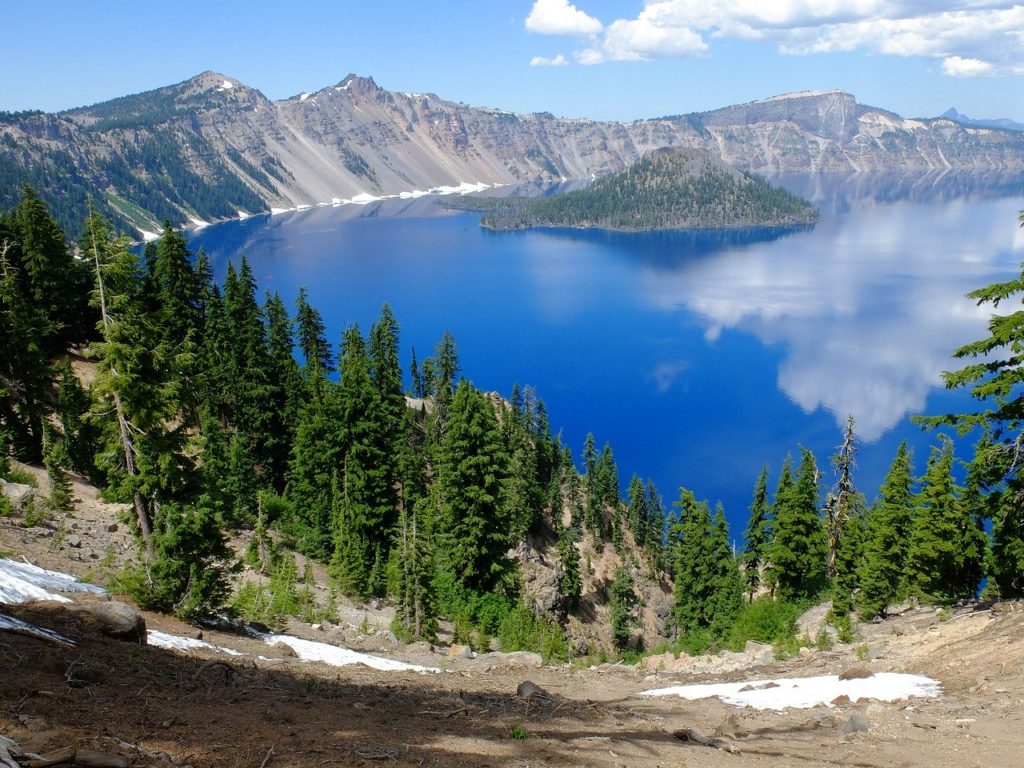
Crater National Park is located on the beautiful Cascade mountains, providing pristine blue water fed by only rain and snow. It is the deepest lake in the nation and one of the most majestic wonders on earth. Many people have traveled to the park to experience the beauty it holds. The crater lake itself provides a webcam that is updated approximately every ten minutes. Photographers and sightseers come to gaze at its stunning mountains that surround it. Although open to anyone, some parts of the lake are not accessible to all. There are some mobility issues around the 183,000 acres of backcountry in the park. However, the front-country is fully accessible by wheelchairs. Commercial facilities, picnic areas, restrooms, visitor centers and most overlooks are accessible to most seniors. However, some trails near the shore of the lake are not accessible by wheelchairs or walkers, or may need some assistance. The only area where swimming is allowed is in Cleetwood Cove. Fishing is also allowed; however, you need to use artificial bait. Service dogs are allowed on certain areas of the trail. Two of the campsites are RV accessible.
RV camping has begun to be very popular within national parks. With seniors having the desire for the open road, the need for exploring the beautiful national parks nationwide is more compelling than ever before. Some parks offer free hookups while others charge a fee. The national parks also offer amenities such as hiking, fishing, swimming, and visitor centers and museums. Pets are mostly allowed in any national park. However, many require the animal be leashed at all times. This is for the safety of both the pet and other wildlife in the park. Accessibility is also changing. Seniors needing the use of wheelchairs or walkers may find some trails difficult to travel on. However, many updates of roads and walking trails are being widened to accommodate the need of wheelchairs and mobility devices. Whatever national park you choose, it is best to call ahead for any new updates or if reservations are required.
Related: